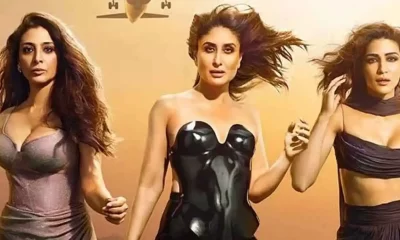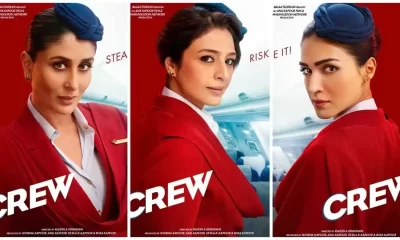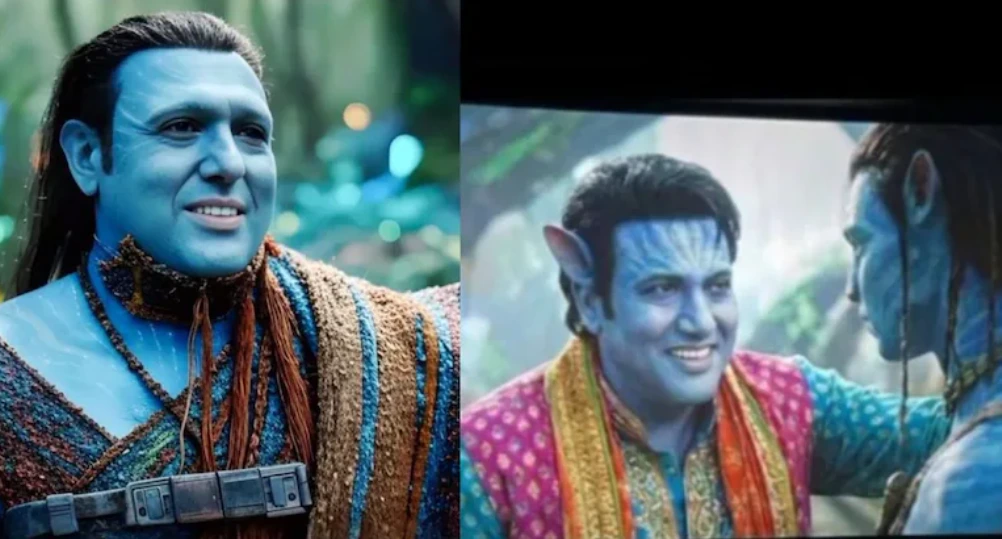Entertainment
Case Toh Banta Hai trailer: Courtroom comedy brings together Kusha Kapila, Kareena Kapoor Khan, Karan Johar, Rohit Shetty, and others | WATCH
Case Toh Banta Hai will bring together popular Indian faces including social media content creators and Bollywood celebrities.

Entertainment
Govinda’s Avatar: Fire and Ash cameo clips go viral, truth behind the AI-generated videos
AI-generated videos claiming Govinda’s cameo in Avatar: Fire and Ash have gone viral, but the actor does not appear in the film.
Entertainment
The Odyssey trailer: Christopher Nolan unveils first look of epic journey led by Matt Damon
Christopher Nolan has released the first trailer of The Odyssey, offering a glimpse into Matt Damon’s epic journey home after the Trojan War.
Entertainment
Dhurandhar box office day 17: Ranveer Singh film crosses Rs 555 crore, enters all-time top 10
Dhurandhar crosses Rs 555 crore at the Indian box office on day 17, overtaking Animal and entering the all-time top 10 films list.
-

 Latest world news23 hours ago
Latest world news23 hours agoTarique Rahman returns to Dhaka after 17 years, massive crowd greets BNP leader
-

 Latest world news20 hours ago
Latest world news20 hours agoKhaleda son Tarique Rahman arrives to rapturous welcome in Bangladesh
-

 India News4 hours ago
India News4 hours agoDelhi air quality improves slightly but stays in poor category
-

 India News1 hour ago
India News1 hour agoVeer Bal Diwas reflects courage, conviction and righteousness, Says PM Modi
-

 India News4 hours ago
India News4 hours agoTrain fares increased from December 26: check revised ticket prices across classes
-

 India News32 seconds ago
India News32 seconds agoBJP gets its first mayor in Kerala as VV Rajesh takes charge in Thiruvananthapuram

















